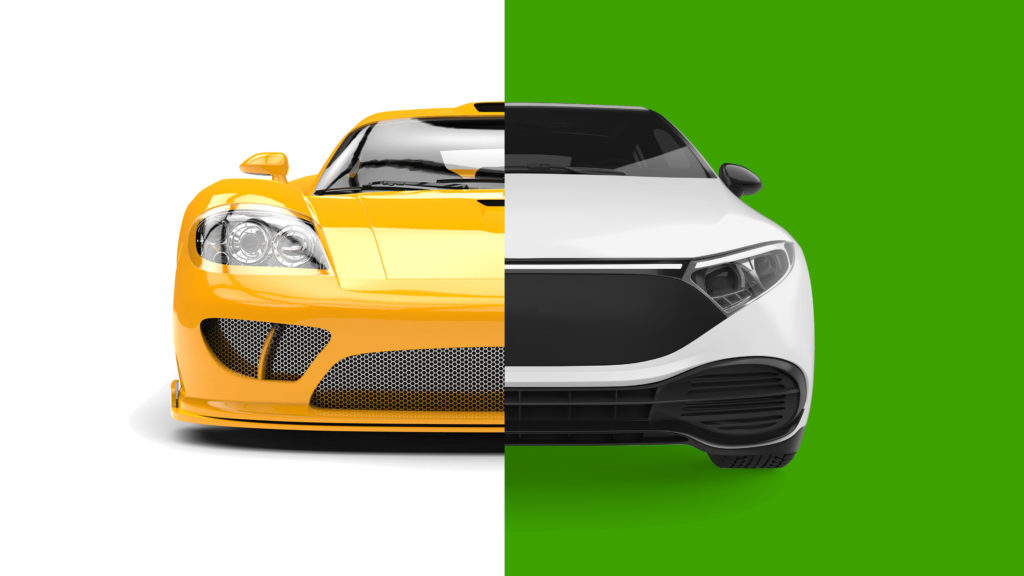Moving Times

The way that people and objects move shapes the world around us – none more than in the cities and towns in which we work, rest and play.
Every single movement has an impact, implication and consequence.
Efficient supply chains have reshaped the high street. Traditional retailers are losing out to hyper-efficient Amazons. Delivery services allow a greater number of smaller restaurants to thrive. Neighbourhoods are choked with cars, battling for space; have you tried parking in a city recently? And in these new times, products and services increasingly move to us.
But this movement can be a positive force, if harnessed in the right way. 40 years ago, the creation of the TGV reshaped the physical and mental geography of France – making towns easier to reach, reversing the flow of people and prosperity. Italy’s Frecciarossa high-speed train played a role in grounding Alitalia by undercutting its vital Milan-Rome route. In the UK, HS2, the high-speed trainline planned to connect London with other cities such as Birmingham, Newcastle and Glasgow, will do much more than reduce travelling time; it intends to stimulate economic regeneration and encourage prosperity outside of the capital London.
We see that these forces are changing. How we move around has direct implications on our built environment. As cities ban cars, create congestion free zones, pedestrianize quarters and neighbourhoods they become even more attractive places to live and work. This creates communities which are sources of civic pride and identity.
But it can’t just be organic.

How we move around has direct implications on our built environment.
Cities are rarely built from scratch, they juggle historical quarters, multiple transportations systems and tricky topographies. We see that more deliberate interventions are increasingly required to bring coherence and coordination to avoid sprawl and inefficiency. Only this way can we avoid inevitable tensions: we require personal transportation, but cities don’t need more cars. We need cleaner transportation, but infrastructures and budgets are limited to do so.
It is hard to get it right, but those that do create pride, identity and become attractive destinations and city brands. This seems to be critical at a time when events have driven a break from normality, with workers fed up with high costs of living and heading out of town, using the new realities of working life to enjoy better and more affordable surroundings.
Paris’ mayor Anne Hidalgo, has started an initiative to reclaim Paris from the cars and 140,000 parking spots to 70,000 by 2025, replacing the reclaimed area with greenery to help lower emissions. Barcelona hopes to regenerate the fabric and communities of their beloved city with a ‘superblock’ project. The basic idea behind the project is to shift urban surface space devoted to one use – automobile traffic – and open it up for multiple use: walking, cycling, hanging out, moving. The only way to do that is to exclude vehicle traffic. Parking is moving underground; speeds are limited to 10kph. The city is now as friendly to cyclists and pedestrians as any in Europe. More than half of residents walk as their primary mode of transportation and 12% cycle. Not only has this freed up 92% of public space, but improved air quality and rebuilt neighbourhoods that felt like they were losing their civic identity. It has focused on the basic, powerful idea that an urban surface space can be reshaped around the needs of its citizens, diversifying away from mono-environments dependent on automobiles. This reflects a wider reality that the way we move around has a direct implication on the built environment; it is an interface which reflects the diversity and choice with which we move.
Could the car’s future role be about making more of an overt statement, contributing to and signaling sustainability, rather than its current status as the vehicle of our moving experience?

But within this lies a deep tension. As individuals we value our personal freedom, and a car provides this in a unique way. It cocoons us, provides us with both practical and philosophical interpretations of freedom. For some, it is both an extension and expression of our identity; losing it takes this away. Could the car’s future role be about making more of an overt statement, contributing to and signaling sustainability, rather than its current status as the vehicle of our moving experience?
The way we move is a powerful force. It drives prosperity and requires us to be more conscious how and when we move and the implications of how we receive our products and services. From a brand perspective, we create city brands that people and drawn to. It demands OEMs to be more responsible and better integrated, to think of their products in new ways and it requires public transportation to act as seamless experiences.